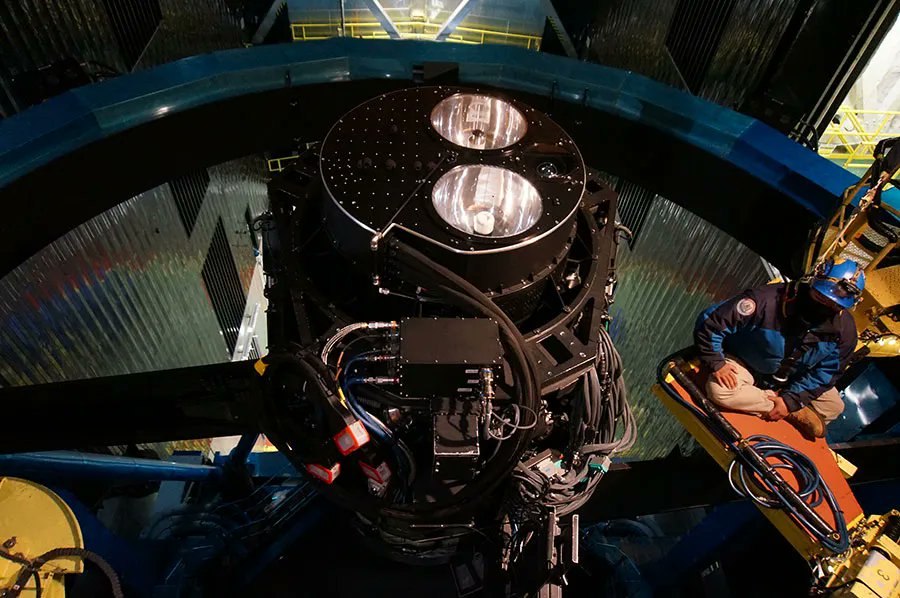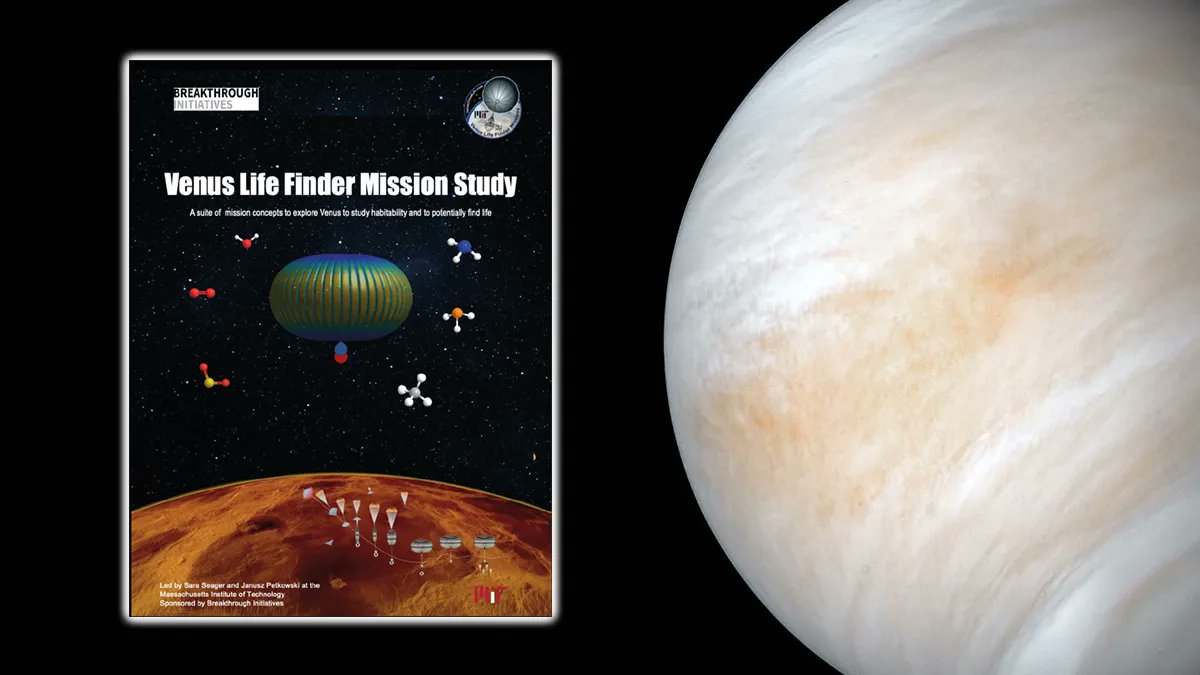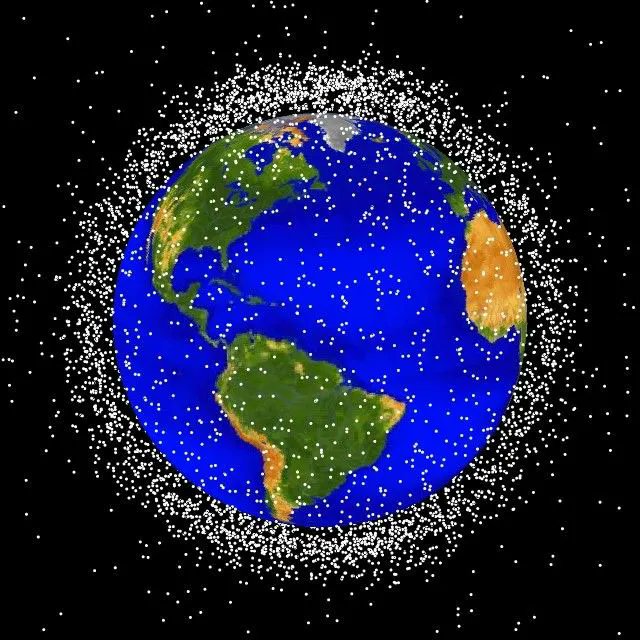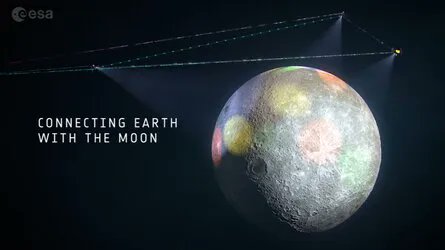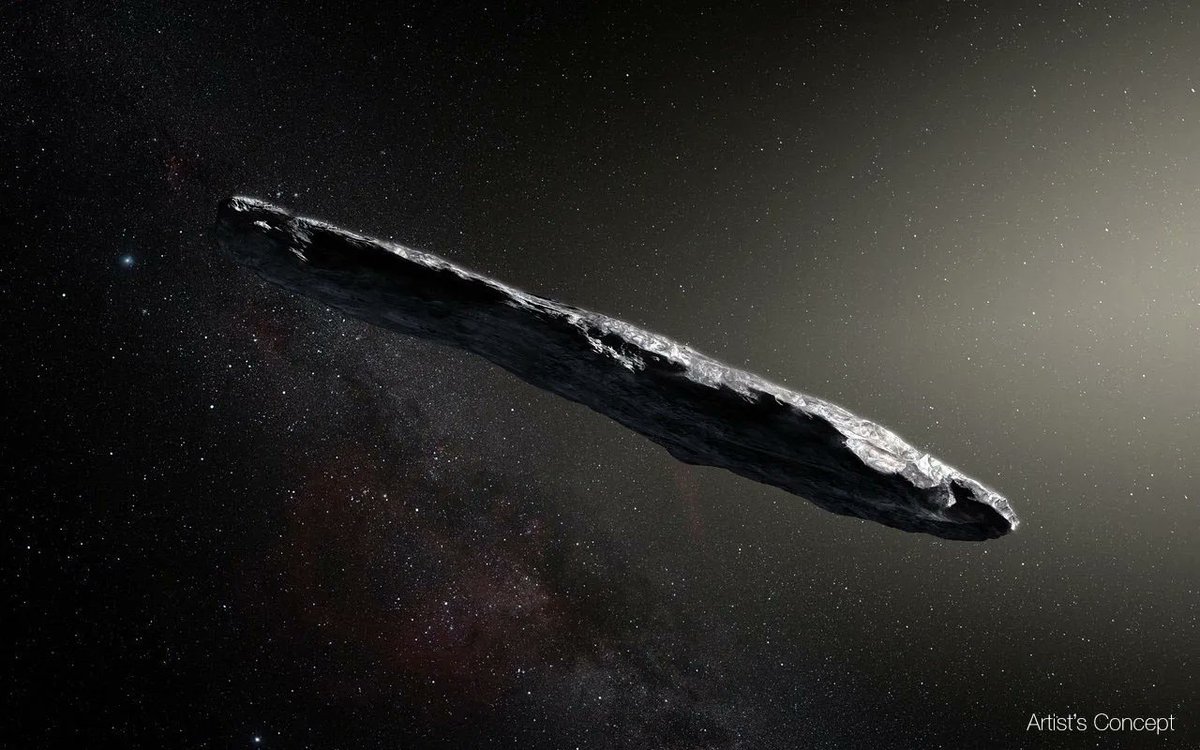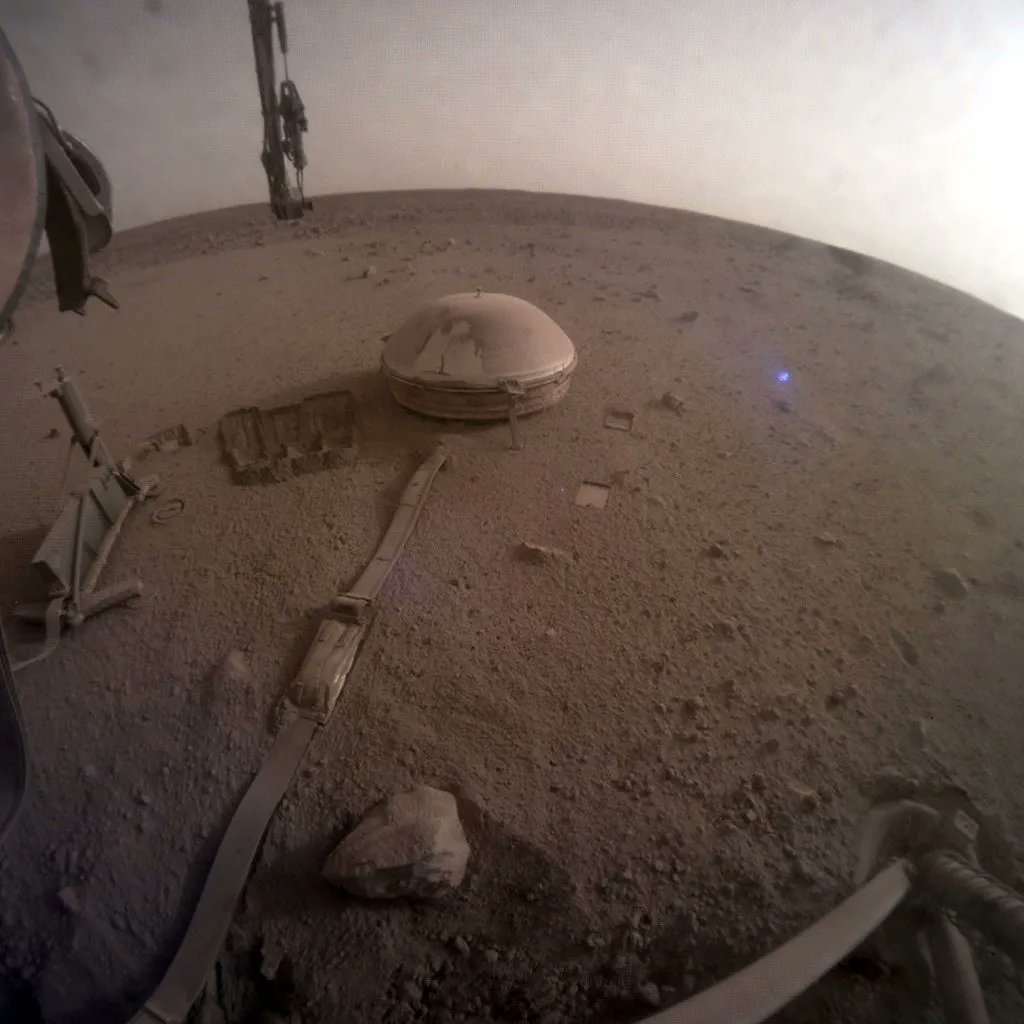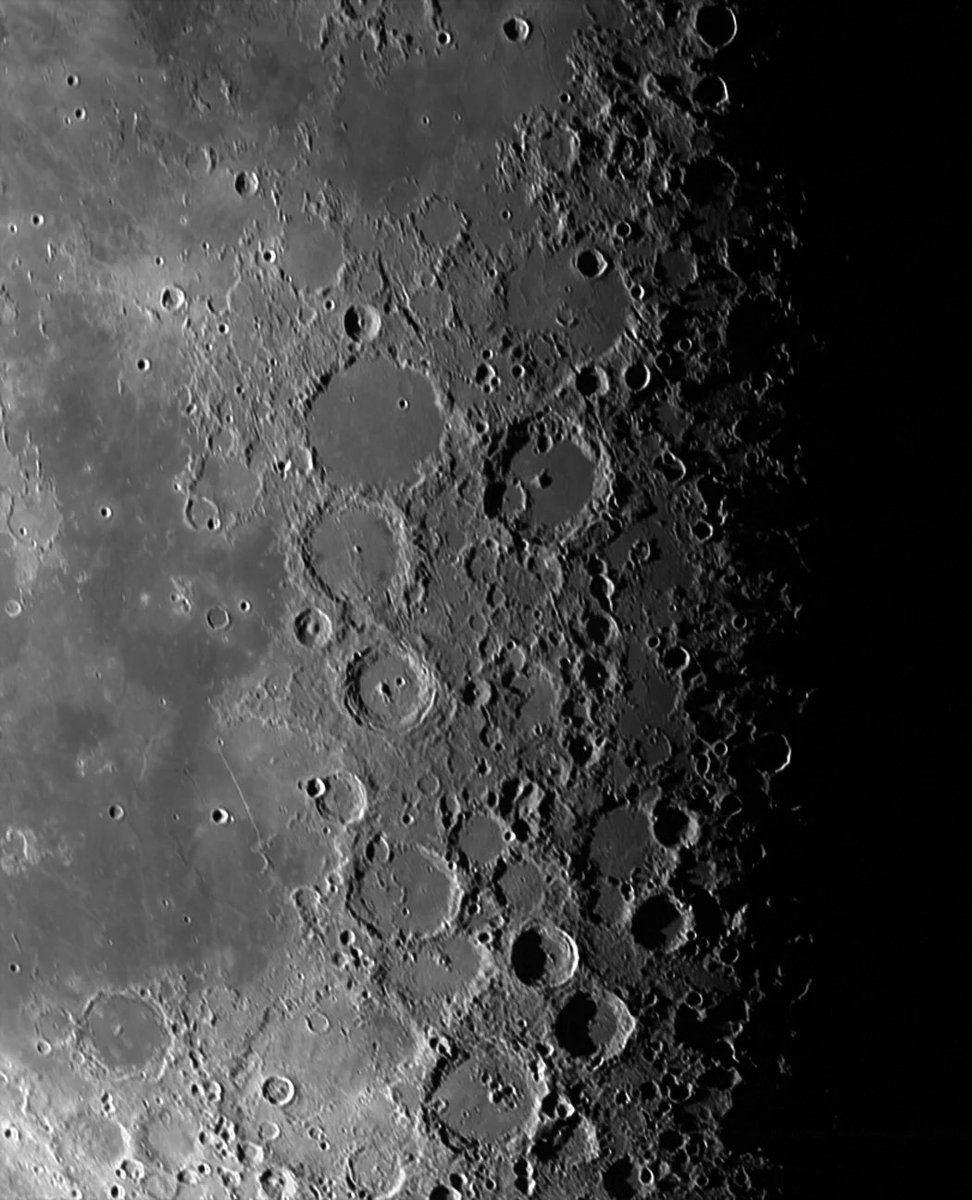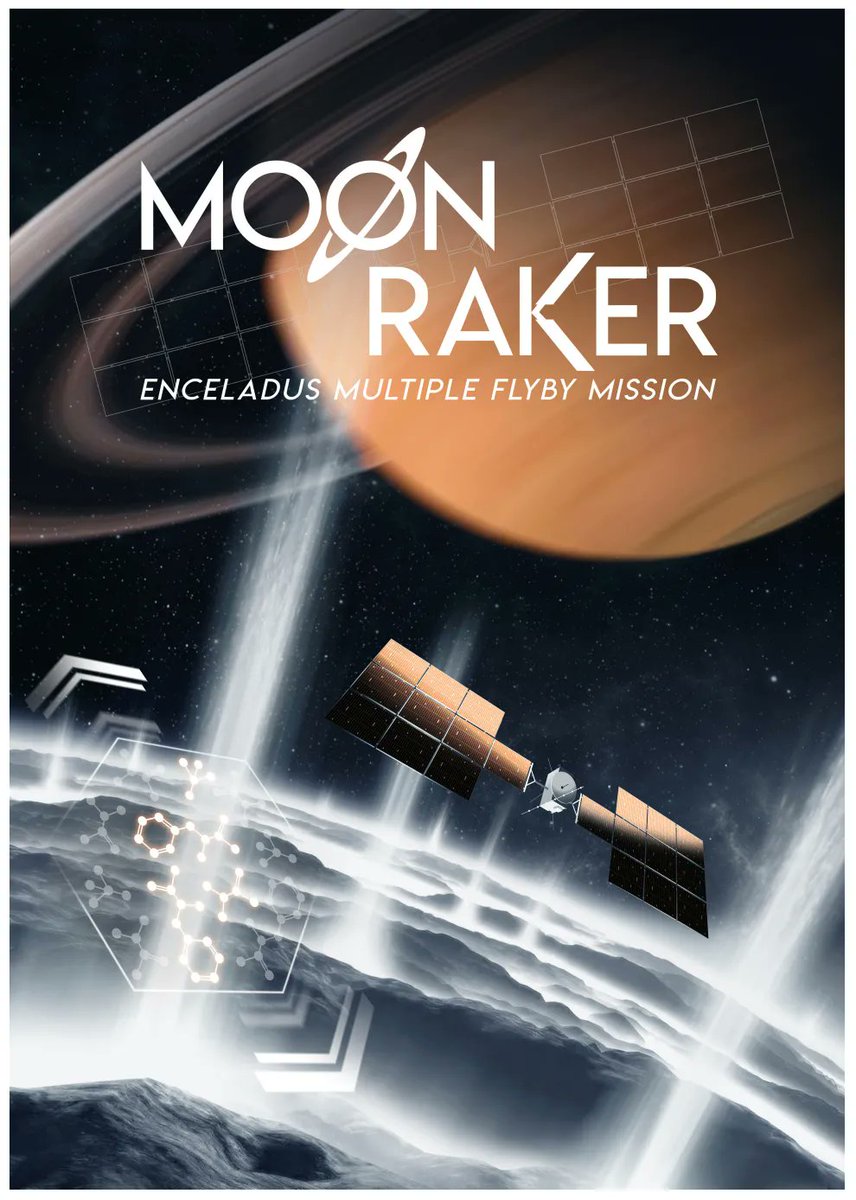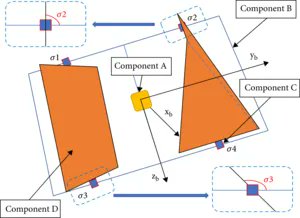First light is an exciting time for astronomers and engineers who help bring new telescopes up to speed. One of the most recent and significant first light milestones recently occurred at the Subaru Telescope in Hawai’i. Though it has been in operation since 2005, the National Astronomical Observatory of Japan’s (NAOJ) main telescope recently received an upgrade that will allow it to simultaneously observe 2400 astronomical objects at once over a patch of sky the size of several moons.
Continue reading “Subaru Telescope can now Analyze 2,400 Galaxies Simultaneously”A Mission to Venus Could Sample its Atmosphere Directly, Searching for Life
We’ve reported in the past about the Venus Life Finder (VLF) mission, which is currently in the proposal stage but could potentially one day explore the Venusian clouds for signs of life. What exactly that life would look like is anyone’s guess. Therefore, the instrumentation the mission will use to find that life will be critical. Enter Fluid-Screen (FS), a technology developed by a start-up company spun out of Yale by Dr. Monika Weber. It could potentially directly detect life in the Venusian atmosphere – if only it could deal with the sulfuric acid.
Continue reading “A Mission to Venus Could Sample its Atmosphere Directly, Searching for Life”There’s a Cloud of Space Debris Around Earth. Here’s how we Could get a Better Picture of it
As we’ve reported here more than a few times – space debris is becoming more and more of a real problem. We’re not quite at Kessler syndrome levels yet, but with the increased interest in getting things into space, there is a real possibility that might happen in the not-too-distant future. Plenty of potential solutions have been put forward to deal with the problem, but they all face a similar problem at the first step – how to track the debris they’re attempting to eliminate. Enter a new idea from researchers in Iran – using a novel type of radar to detect and track space debris before it becomes a danger.
Continue reading “There’s a Cloud of Space Debris Around Earth. Here’s how we Could get a Better Picture of it”Europe is Building a Communications Network Around the Moon
GPS and the world’s other global positioning systems all have one very limiting disadvantage: they’re global to only one world. There is no equivalent to the precise geolocation features these systems offer for any other body in our solar system. Recently, there has been an increased focus on Lunar missions, but no way for anything on the Lunar surface to know precisely where it is. Enter the European Space Agency and their Moonlight initiative, which was showcased in a recent video on their YouTube channel.
Continue reading “Europe is Building a Communications Network Around the Moon”We’ll Inevitably see Another Interstellar Object. Which Ones Make the Best Targets to Visit?
We finally have the technological means to detect interstellar objects. We’ve detected two in the last few years, ‘Oumuamua and 2I/Borisov, and there are undoubtedly more out there. As such, there’s been a lot of interest in developing a mission that could visit one once we detect it. But what would such a mission look like? Now, a draft paper from a team of primarily American scientists has taken a stab at answering that question and moved us one step closer to launching such a mission.
Continue reading “We’ll Inevitably see Another Interstellar Object. Which Ones Make the Best Targets to Visit?”This is Probably the Last Picture we’ll see From InSight on Mars
It’s almost time to say goodbye to another Martian friend. Plenty of missions to the Red Planet have gone silent for the last time, some after many successful years of data collection and some after a brief free-fall as a fireball. We will soon add another Martian explorer to that ever-growing list – InSight might have sent its final image home.
Continue reading “This is Probably the Last Picture we’ll see From InSight on Mars”Want a Sneak Peek From NASA’s Lucy Mission? Here are Some Photos it Took of the Moon During its Flyby
We reported a few weeks ago about an Earth gravity assist flyby for the Lucy mission. Around the same as the spacecraft took a dip closer to Earth than the ISS, it took some fantastic pictures of our nearest neighbor – the Moon. After some processing, those pictures are available for inspection or gawking, as the case may be.
Continue reading “Want a Sneak Peek From NASA’s Lucy Mission? Here are Some Photos it Took of the Moon During its Flyby”Researchers Make Rocket Fuel Using Actual Regolith From the Moon
In-situ resource utilization is a hot topic these days in space exploration circles, and scientists and engineers have had a great advantage of getting access to new materials from bodies on the solar system that either have never been seen before, such as asteroids or haven’t been visited in decades, such as the moon. Recently, China’s Chang’e 5 brought back the first sample of lunar regolith to Earth in almost 50 years. Using part of that sample, researchers from several Chinese universities have developed an automated system to create rocket fuel and oxygen out of CO2, using the lunar regolith as a catalyst.
Continue reading “Researchers Make Rocket Fuel Using Actual Regolith From the Moon”ESA is Considering a Mission to Enceladus
There are plenty of exciting places in the solar system to explore. But few are more interesting than Saturn’s moon Enceladus. It’s one of the only planetary bodies known to have all six necessary components of Earth-based life. It has an active ocean and most likely hydrothermal vents, similar to those on Earth, where some species exist entirely separately from any solar-powered biosphere. All of this makes it one of the most likely candidates for life in the solar system – and the center of much astrobiological attention. Now a team from a variety of European countries and the US has proposed a mission to the moon that could profoundly impact our understanding of our place in the universe – if the European Space Agency (ESA) funds it.
Continue reading “ESA is Considering a Mission to Enceladus”How do you Keep a Solar Sail Stable?
Solar sailing seems like a simple concept – instead of being pushed along by the wind, as in a typical sailing ship, a spacecraft can use highly reflective said to be pushed along simply by sunlight. But as with almost all engineering challenges, that technique is much easier said than done. Sunlight can head up one side of a sail more than another, causing the ship to rotate unexpectedly. Other unforeseen situations could arise that can also have catastrophic consequences for any mission using this propulsion technology. Luckily, there is a way to account for those situations, though it involves a lot of math. Control theory is common in system design, and now researchers at Beihang University have devised a control scheme that they think could help minimize the risk to solar sails.
Continue reading “How do you Keep a Solar Sail Stable?”
